
What is a Barlow lens ?
The Barlow lens is an essential optical accessory for both amateur and professional astronomers. It allows increasing the focal length of a telescope, thus providing increased magnification without having to change the eyepiece. This article explores the advantages, types, and uses of the Barlow lens, as well as some tips to get the most out of it.
What is a Barlow Lens?
A Barlow lens is a diverging lens that, when placed between the eyepiece and the telescope's focuser, artificially increases the instrument's focal length. Invented by Peter Barlow, this lens allows you to achieve a higher magnification without changing the eyepiece in use.
How Does a Barlow Lens Work?
The Barlow lens works by lengthening the telescope's focal length. For example, a 2x Barlow lens doubles the telescope's focal length, going from 1000 mm to 2000 mm. This results in a doubling of magnification with the same eyepiece. Thus, with an eyepiece and a Barlow lens, you can obtain two different levels of magnification.
Types of Barlow Lenses
- Achromatic Barlow Lens : Composed of two lenses, it reduces chromatic aberration compared to a simple lens. It is a good compromise between cost and performance.
- Apochromatic Barlow Lens : Composed of three lenses, it offers even better correction of chromatic aberrations. Ideal for astrophotography and demanding observations.
- Barlow Lens with Variable Magnification Factor : Available in different magnification factors (2x, 3x, 5x), these lenses allow adapting magnification according to observation needs.
Advantages of the Barlow Lens
- Versatility : A Barlow lens allows obtaining several levels of magnification with a single eyepiece, thus offering great flexibility.
- Cost-effective : Rather than buying several eyepieces, a Barlow lens allows increasing magnification in an economical way.
- Ideal for Astrophotography : By increasing the focal length, the Barlow lens is particularly useful for planetary photography, where high magnification is often necessary.
Drawbacks of the Barlow Lens
- Loss of Brightness : Adding an extra lens can cause a slight loss of brightness, though modern anti-reflective coatings mitigate this effect.
- Optical Quality : A poor-quality Barlow lens can introduce optical aberrations. It is therefore important to invest in a good-quality lens.
Uses of the Barlow Lens
- Planetary Observation : The Barlow lens is particularly useful for observing planets and the Moon, where high magnification is needed to reveal surface details.
- Astrophotography : By increasing the focal length, the Barlow lens enables capturing detailed images of celestial objects.
- Deep Sky Observation : Although less common, the Barlow lens can also be used to observe deep-sky objects, such as nebulae and galaxies, by increasing magnification to reveal more details.
Tips for Using a Barlow Lens
- Choosing the Right Magnification Factor : Select a Barlow lens with a magnification factor suited to your needs. A factor of 2x is a good starting point for most observations.
- Optical Quality : Invest in a high-quality Barlow lens to minimize optical aberrations and obtain clear images.
- Judicious Use : The Barlow lens is more effective with bright objects. For faint objects, such as distant galaxies, a Barlow lens may not be beneficial due to the loss of brightness.
In conclusion, the Barlow lens is a valuable accessory for any amateur or professional astronomer. It offers increased flexibility and allows high magnifications in an economical way. By choosing the right lens and using it judiciously, you can considerably improve your observations and photographs of the night sky.

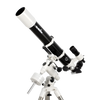 All
All
 Dobson
Dobson
 Refractors
Refractors
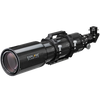 Ed & Apochromates
Ed & Apochromates
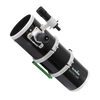 Newtonian reflector
Newtonian reflector
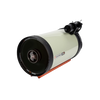 Schmidt Cassegrain
Schmidt Cassegrain
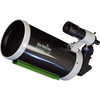 Maksutov-Cassegrain
Maksutov-Cassegrain
 Solar
Solar
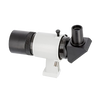 Researcher
Researcher
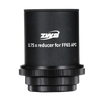 Focal reducer
Focal reducer
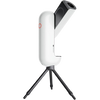 Intelligent
Intelligent
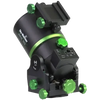 All
All
 Equatorial
Equatorial
 Alt/Az
Alt/Az
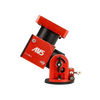 Harmonic
Harmonic
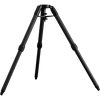 Tripods
Tripods
 Accessories
Accessories
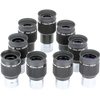 All
All
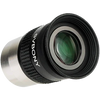 Wide angle
Wide angle
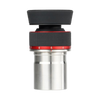 Zoom eyepieces
Zoom eyepieces
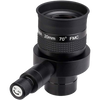 Reticulated eyepieces
Reticulated eyepieces
 Barlow
Barlow
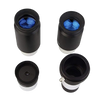 Plössl
Plössl
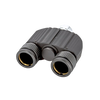 Binoculars
Binoculars
 Atmospheric Corrector
Atmospheric Corrector
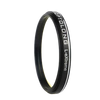 All
All
 Visual
Visual
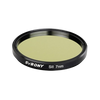 Photo
Photo
 Polarisants
Polarisants
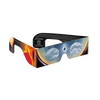 Solar Filters
Solar Filters
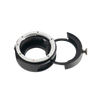 Accessories
Accessories
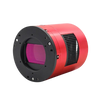 All
All
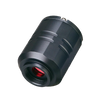 Color Cameras
Color Cameras
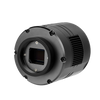 Monochrome Cameras
Monochrome Cameras
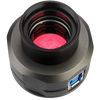 Planetary/Guiding
Planetary/Guiding
 Objectives
Objectives
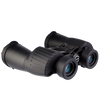 All
All
 Binoculars
Binoculars
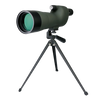 Spotting Scope and Monocular
Spotting Scope and Monocular
 Elbows
Elbows
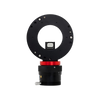 Optical Divider
Optical Divider
 Mirrors
Mirrors
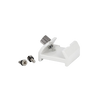 All
All
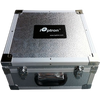 Bags and protections
Bags and protections
 Supports and counterweights,
Supports and counterweights,
 Camera adapters
Camera adapters
 Focuser
Focuser
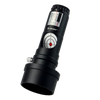 Collimation
Collimation
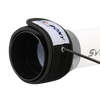 Heating band
Heating band
 Cables
Cables
 Collars
Collars
 Computers
Computers
 Fans
Fans
 Others
Others
 All
All
 Weather Station
Weather Station
 Thermometer
Thermometer
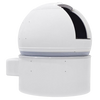 All
All
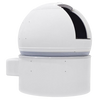 Observatory/Domes
Observatory/Domes
 Accessories
Accessories
 Askar
Askar
 Baader
Baader
 Bresser
Bresser
 Celestron
Celestron
 Explore Scientific
Explore Scientific
 GSO
GSO
 Optolong
Optolong
 Touptek
Touptek
 Vixen
Vixen
 ZWO
ZWO